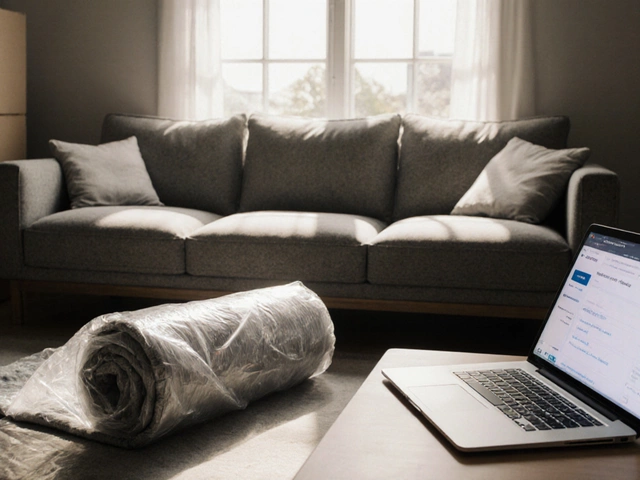
ADHD's Dark Side: How It Impacts You at the Office—And Your Favorite Chair
ADHD doesn't just make it hard to pay attention—it can turn even comfortable office chairs into battlegrounds for focus and productivity. This article uncovers how ADHD affects posture, restless sitting, and work output, and why small choices like your chair actually matter. Packed with practical tips, you'll find out how to get more done and stay comfortable, even when your mind races. Don't let ADHD call the shots—grab back control of your workday with smart, real-life solutions.

ADHD and Office Chairs: Why Sitting Still Isn’t So Simple
People with ADHD just can't seem to sit like everyone else—and it's not for lack of trying. This article clears up why sitting still in an office chair is a daily challenge for folks with ADHD. You'll get the inside scoop on restless habits, the science behind the wiggles, and real-life tips for making office life work better. We also cover how chair choice actually makes a difference. If you're tired of feeling judged for fidgeting, stick around for advice that actually helps.

Understanding ADHD and Autism: Connections and Differences
ADHD and autism, though often discussed together, are distinct neurodevelopmental conditions that share some overlapping traits. Both affect how individuals process information and interact with their surroundings, yet they originate from different neurological and genetic underpinnings. It's crucial to understand their differences and similarities to better support individuals experiencing these conditions. Insight into the current research can clarify whether these two belong on the same spectrum. This article delves into their relationship, debunking myths, and providing clarity on their unique characteristics.




